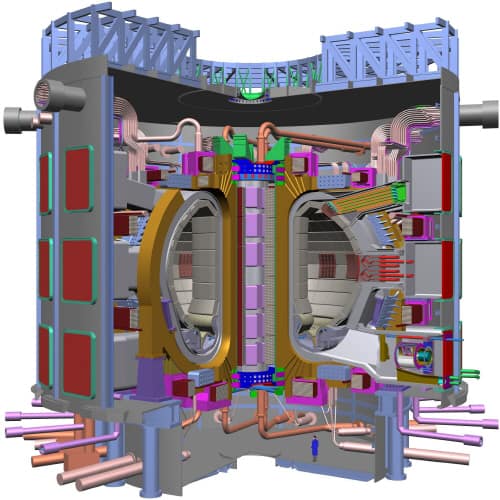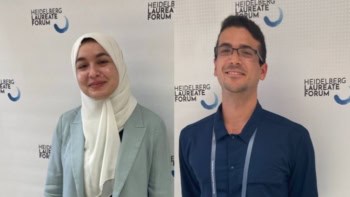Fusion researchers can breathe a sigh of relief now that the ink has dried on an international agreement to build the ITER fusion reactor at Cadarache in southern France. Representatives of the seven ITER partners -- China, the European Union, India, Japan, Russia, South Korea and the US -- gathered in Paris yesterday to give final approval to the often controversial project that has been 20 years in the planning stages. Construction will begin next year and the facility should be completed by 2015 at a cost of euro 5 billion.

ITER, which stands for the International Thermonuclear Experimental Reactor, will attempt to prove that nuclear fusion can be harnessed as a source of energy. Supporters of nuclear fusion argue that it is safe and sustainable and does not produce any greenhouse-gas emissions or long-lived nuclear waste. However, significant technological challenges remain – most notably the development of materials and methods that are capable of confining and sustaining nuclear fusion at enormous temperatures.
The reactor will use magnetic fields generated by superconducting coils to confine a plasma of deuterium and tritium in a doughnut-shaped chamber called a tokamak. The plasma will be heated to a temperature of 100 million degrees so that the deuterium and tritium nuclei can overcome their mutual repulsion and undergo nuclear fusion – the process that powers the Sun. It is hoped that the first plasmas in will be achieved by 2016, with full-power deuterium-tritium operation by about 2021. The facility is expected to run for 20 years with €5 billion set aside for operating costs.
It is hoped that ITER will produce 500 MW of power to demonstrate that it is feasible to generate power from fusion. However, it will not produce any electricity. The plasma volume will be about 840 cubic metres, which is more than five times the volume of the Joint European Torus experiment in the UK, which is currently the world’s biggest tokamak.
ITER is intended to bridge the technology gap between existing highly-experimental reactors and a demonstration power plant, loosely referred to as “DEMO”. Construction of DEMO will probably start some time in 2025, with operation perhaps 10 years later. Commercial power plants could then be up and running by around the middle of the century.
The Cadarache site was chosen in 2005 after a lengthy battle to host the facility split the consortium into two factions – with the EU, Russia and China backing the French site and the US and South Korea supporting a site in northern Japan. Cadarache is already home to Tore Supra, currently the world’s largest superconducting tokamak, and some 500 fusion scientists.




